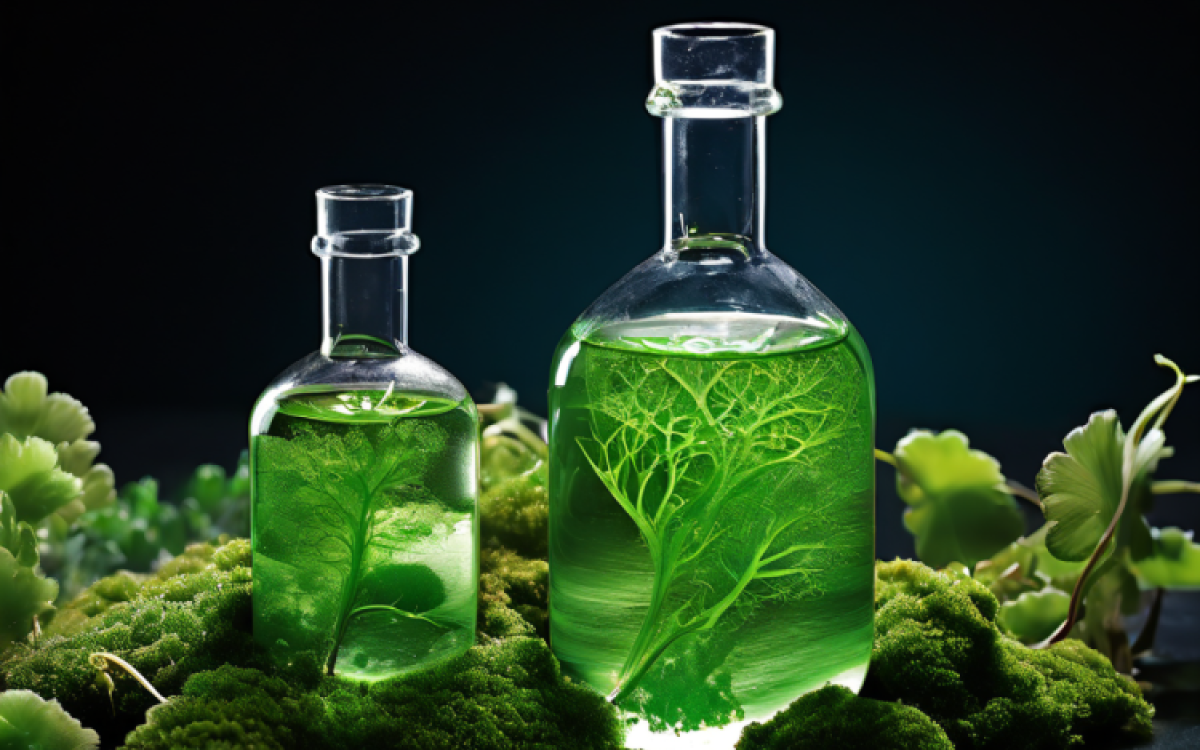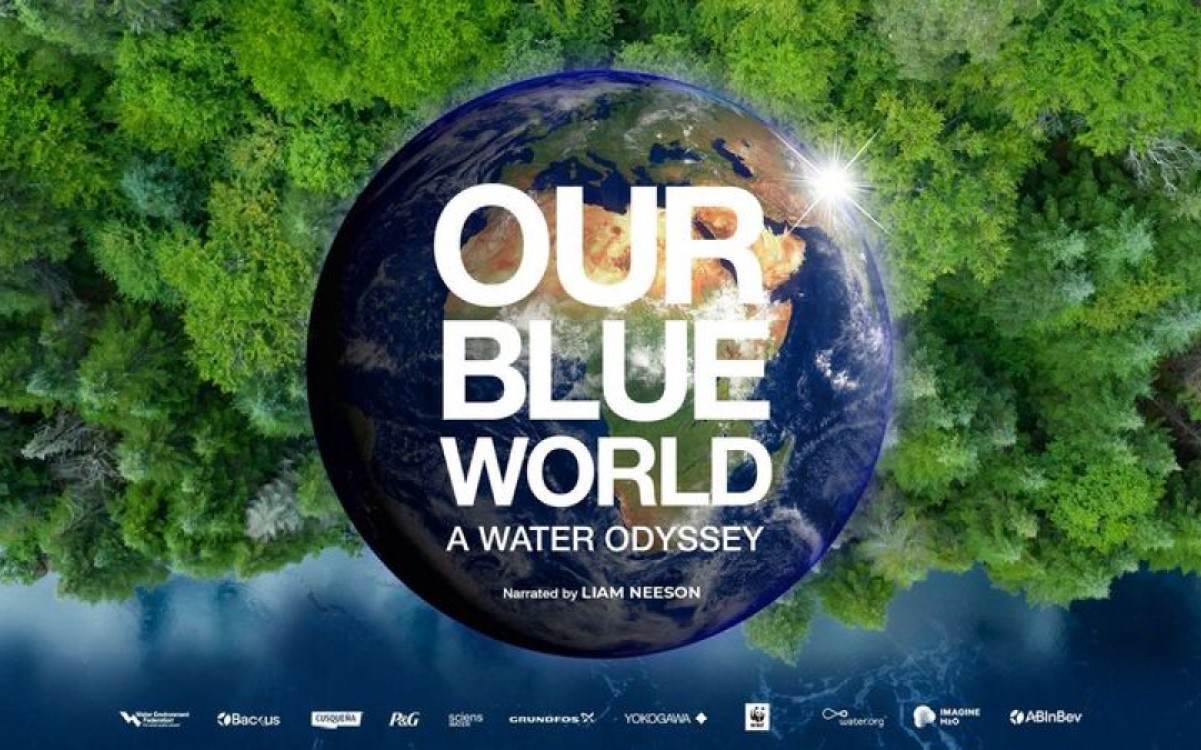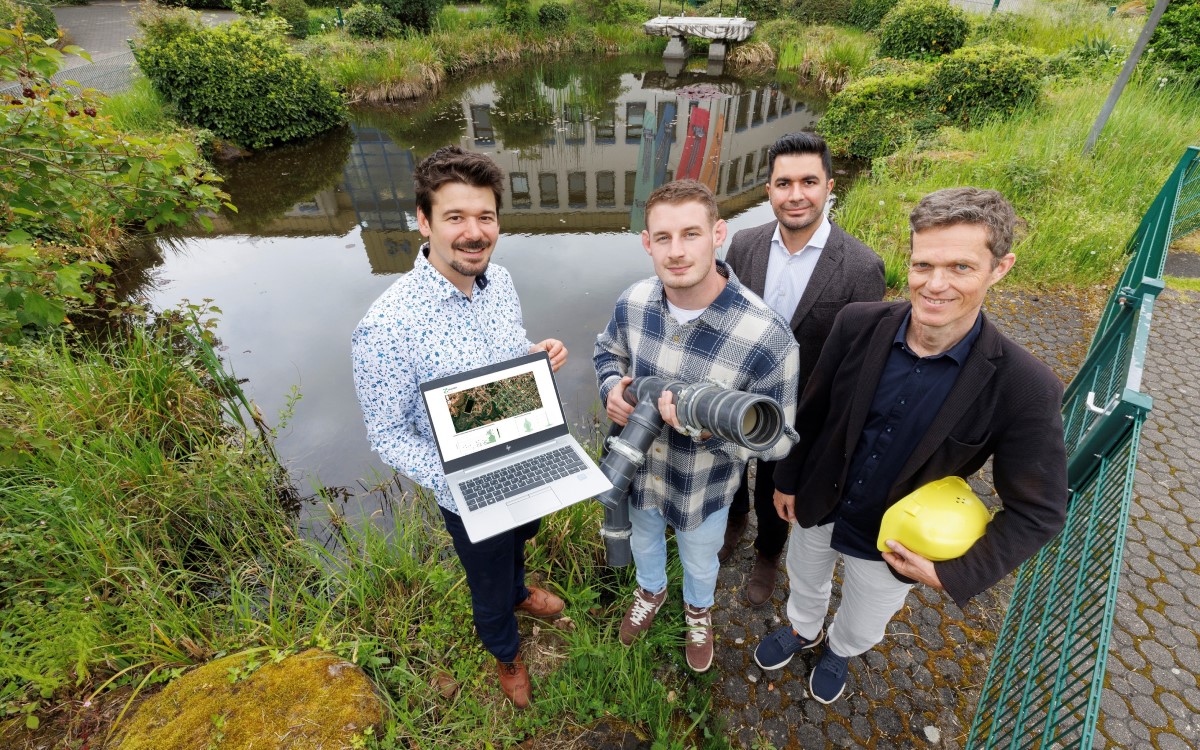March 13, 2024 Ι The utilization of Nordic microalgae for sustainable bioplastic production from wastewater presents a promising avenue for mitigating environmental impacts, as highlighted by research from Umeå University’s Industrial Doctoral School.
The carbon dioxide emissions of the growing human population have a massive impact on the climate. While many are seeking solutions, researchers in Umeå, Sweden, might have found one right in front of their houses: Nordic microalgae. A thesis from the Industrial Doctoral School at Umeå University shows that microalgae fed on wastewater can be used to produce degradable bioplastic.
Exploring the Potential of Nordic Microalgae
Nordic microalgae are very small, inconspicuous organisms that live in water and use solar energy to convert carbon dioxide into organic molecules through photosynthesis. In Umeå, extensive research on Nordic microalgae is underway. Collected from lakes and rivers around Umeå, they have been heavily tested for their potential to be used, either directly or as raw material, for environmentally and economically sustainable biomass production.
A doctoral student at the Department of Chemistry and the Industrial doctoral school at Umeå University, Martin Plöhn, has experimented with feeding microalgae with wastewater streams from the pulp and paper industry. He found that the microalgae grow both faster and better than when using energy-demanding fertilized media.
“The possibility of replacing expensive media with a waste product that needs treatment anyway makes this approach super interesting and probably also sustainable. We are currently doing the calculations with collaborators from Swedish University of Agricultural Sciences,” says Martin Plöhn.
He also found that the wastewater makes the microalgae store a lot of sugars inside. These sugars could be fed to bacteria to produce a fully degradable bioplastic called Polyhydroxybutyrate, or PHB. The produced PHB can be extracted from the bacterial matter and converted into almost every plastic item that we use in our daily life, such as bottles, bags or containers.
“The advantage of PHB is that instead of breaking down into micro-and nanoplastics that will remain in the environment, it fully degrades like any other material on a compost heap in the garden. Another benefit is that during the microalgal cultivation wastewater is getting cleaned and carbon dioxide is being removed from the environment. All of this is done by microalgae that are adapted to the light and temperature conditions in the north, so no extra heating or lighting is needed,” says Martin Plöhn.
Metal Recycling Potential: Microalgae’s Role in Pollution Mitigation
During the project, the researchers also looked at pollutants present in wastewater streams, such as heavy metals, which are very common in several industries like electro-plating or mining. During their experiments they saw that microalgae can bind quite high concentrations of several heavy metals, even when they are mixed together.
“Ongoing research shows that there might be a chance to recycle these metals from the microalgae and return them to the industry which could reduce the need for more mining and the risk of environmental pollution,” says Martin Plöhn.
Martin Plöhn’s doctoral project has been financed by the Industrial Doctoral School at Umeå University and the Norwegian Institute for Water Research, NIVA.







